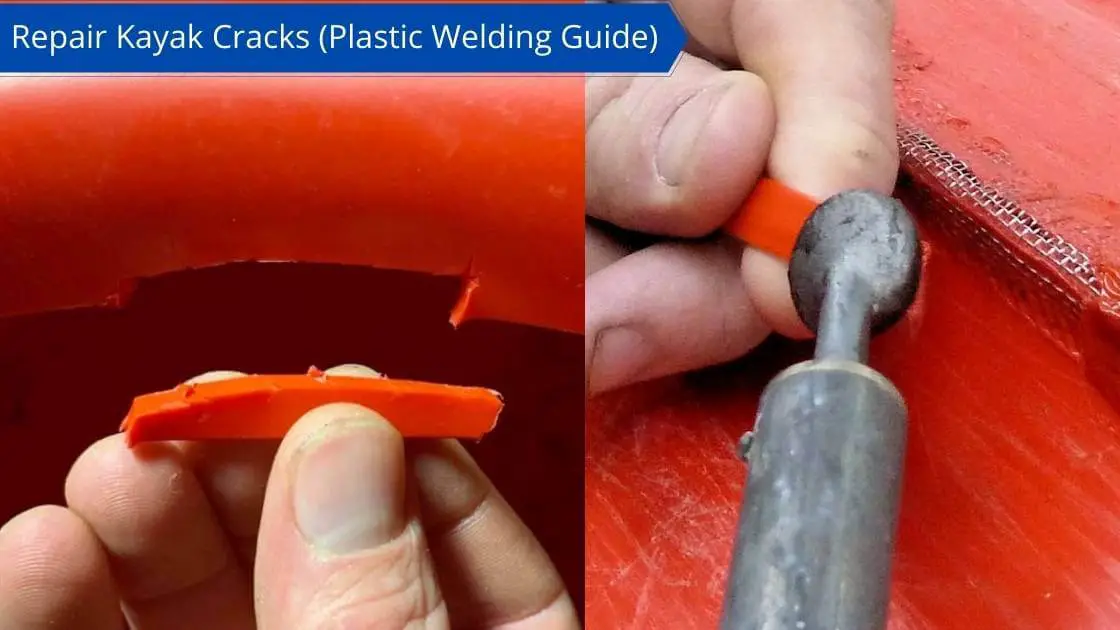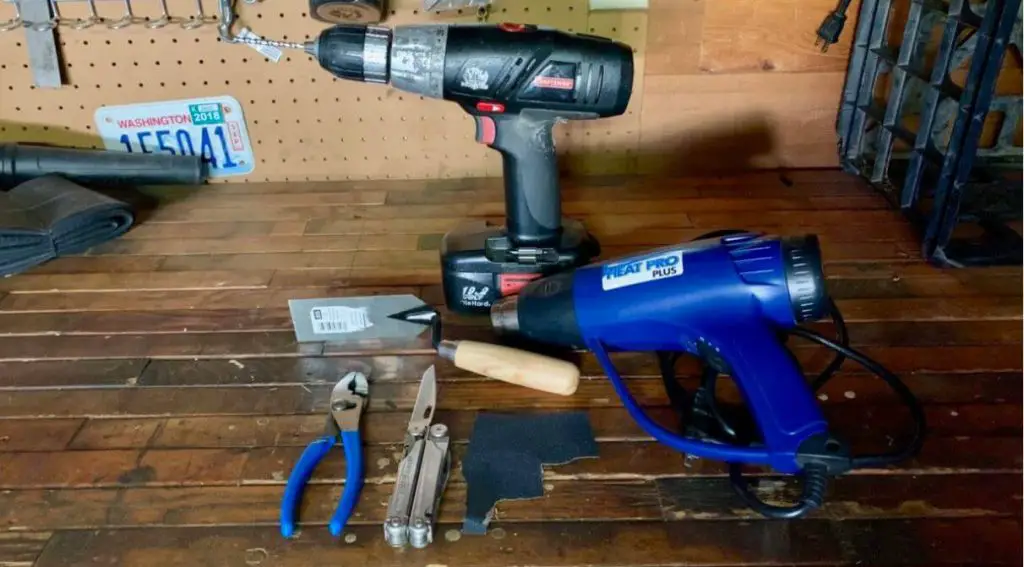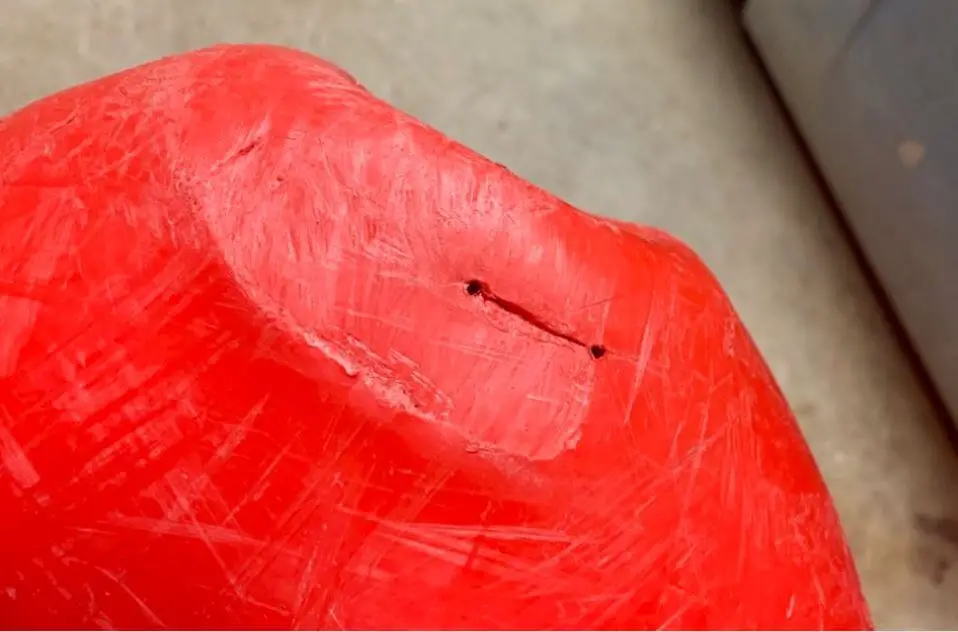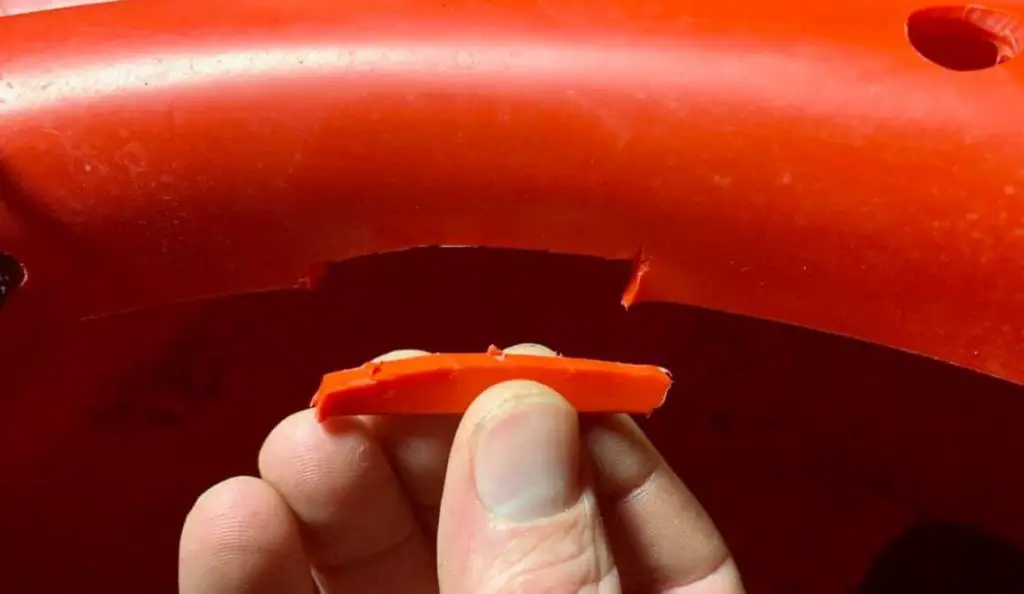Are you broken-hearted just because you can’t resume your sporty recreations with your substantial kayak? Cracks, holes, and other irregularities are just temporary. Only, the rightly done kayak welding is to prevail.
Whether you aim to register a win while racing against your potential competitors or you are up to catch sea animals specifically fishing, your kayak welds will exhibit their full strength.
But the main question that pops up is how to proceed with kayak plastic welding.
Obviously, working in a hurry is never adequate; thus, it may lead to a very disappointing day ahead or endanger your life while traveling through water bodies. So, to begin the welding work, you must be highly attentive.
Most importantly, you’ll have to recognize what sort of material your boat is built up of. Most kayaks are made up of high-density polyethylene these days. Therefore, this material is highly adaptable to welding heat. But a few years back, cross-linked polyethylene was used that could only bear the heat for just once.

Kayak Plastic Welding Tools – The Prime Need!

These below-mentioned tools may seem difficult to be handled with skill, but yes, the more you practice, the more Dexter the plastic welding kayak crack repair becomes.
- Drill
- Pliers
- Knife
- Razor Blade
- Box cutters
- Heat gun/Welding iron
- Welding rod
You may also like: How to build a kayak rack.
The Welding Methods – The Way to the Resumption of Cherishing sporty activities.
The most important aspect of welding is to provide even and constant heat. For this, you must make sure that the heat gun you make use of is top-notch. Otherwise, welding iron is the better option as it is pretty consistent with the heat supply.
Well, to move on, follow the following steps:
Preparing Kayak

Firstly, you’ll have to clean the affected area of crack through the water. Secondly, make use of drill bit and bit size to create tiny holes at the ends of the cracks. Thus, it’ll prevent the expansion of the crack.
Further, scrape or sand the repair area. Also, use the edge of the scrape to form a V-shape so that the plastics connect more strongly. Mineral spirits or alcohol can further cleanse the weld.
Finding A Material Required

There can be two conditions. First, the plastic welding kayak crack repair may require a large piece of plastic; second, a little piece will probably be sufficient.
For a minor crack, you can cut out a little piece of plastic from the rim of the boat, but for a major crack, you should buy a larger higher-density polyethylene rod.
Begin Preheating the Material

The welding gets a little more complicated with the heating task. Heating plastic is never easy. Moreover, it leads to creating fumes; hence, you should take all the necessary precautions. Wherever you weld, make sure that the place is well ventilated and there is no danger of spark build-up.
Start heating but make sure you make use of a low heat supply for a better weld. The shiny appearance will certify the plastic welding kayak repair. Now, heat the rod and hold it with the help of pliers. As soon the rod gets shiny, thrust the rod into the crack.
Keep the plastics searing for a strong bond. Now extend the plastic to the ends of the rod and let them secure tight and strong.
Finalizing The Kayak Welding

Before the whole process, you should go for the right welders. Now shutting up the crack entirely is our primary objective. Now you’ll need a scrape to smoothen and even the things out. While doing so, ensure that there remain no tiny holes or spots on the surface. The weld will seem as though nothing has ever happened.
Let the weld cool down before you again face towards the river.
Add-ons – The Essential Tips:
- To ready yourself for the kayak plastic welding, you must try welding a useless plastic bucket or any other plastic object. This will help you gain confidence and build some experience.
- Show some patience! Weld slowly on constant heat. Overheating will undo your efforts.
- To strengthen big cracks, you can make use of wire mesh.
FAQs:
Qs: Can you plastic weld a kayak?
We have already discussed that the plastic welding kayak crack repair is possible. Thus, welding holes and other cuts are even possible in the same manner. Ut before you begin with the welding work, identify the quality of plastic to avoid further inconvenience.
Qs: Can kayaks melt?
Kayaks may deform and may lose their shape while melting under the right conditions. In addition, exposing your Kayak to intense Uv rays shatters the plastic or makes them go fragile. Thus, to avoid bends, cracks, or any other sorts of irregularities occurring in your kayak, you must leave your take the protective measures.
Qs: Can you repair polyethylene?
Managing polyethylene is extremely difficult. Well, this material doesn’t require frequent repairing facilities. But, gouges, scratches, and cracks are most likely to develop with time. Thus, plastic welding kayak repair is a renowned process to handle significant issues.
Qs: What causes a kayak to crack?
It’s evident that your kayak may get in contact with any sharp and serrated objects. Consequently, cracks and punctures are inevitable. This is why kayak plastic welding holds such importance.
Qs: Can you sand a kayak?
Sanding the kayak through sandpaper is very much possible. That’ll help you make the scratches visible and is worthwhile for kayak welding procedures.
How to minimize the damage to kayaks?
There exist numerous threats while storing kayaks. To evade unnecessary kayak plastic welding, you’ll need to be extremely careful while reserving it.
Therefore do as mentioned:
- Avoid laying your kayak on a rigid surface:
Hard surfaces aren’t an excellent choice to store a kayak. That’s because the rigid surface will lead to the development of spots and dents on your kayak. This won’t be the immediate effect; the effects will be noticeable at least a day after you place your kayak on a rigid surface.
- Never hang kayaks on grab loops:
Hanging a kayak on a grab loop will lead it to crumple due to its own weight. The use of belts or other alternatives may be the best alternative to get rid of such issues.
- Never leave your kayak to uncovered:
Storing the kayak uncovered will provide a space for bugs, spiders, ants, etc., to establish their homes. These tiny creatures will damage the rubber attached to the kayak. Thus, repairing the kayak rubber will consume your precious time and will take a lot of effort.
- Never reveal your kayak to the sun:
Sun exposure may lead to the melting of plastics or will be affecting the structure of the boat. Thus avoid keeping your kayak under the hot scorching sun.
- Lock after your kayak:
Kayak theft is on the rise. However, you are already passionate about your kayak activities, and you can even learn kayak plastic welding to fill up your cracks and holes. Hence, losing your kayak in such a way is never preferred.
Conclusion:
There can be numerous problems with kayaks, but kayak welding is the most critical issue that we had to address. Your passion and enthusiasm will ease out kayak repair. Use it and follow the instructions to jam up the cracks or holes meticulously.
Try! And that’s the key to success. So we hope that you’ll be soon able to resume your recreational activities.
Tired of these hard-shell kayak cracks and welding: Check out the Best Inflatable Kayaks

Hi, I’m Randy R. Lios and the owner of Floating Kayaks. I’ve always been adventuresome at heart. From the time, I got my first kayak at age 18 until now when I have multiple kayaks with accessories and spend 5-6 hours researching all the new related stuff in the market. I have always been fond of fishing since my childhood and kayaking is part of my weekend routine.
